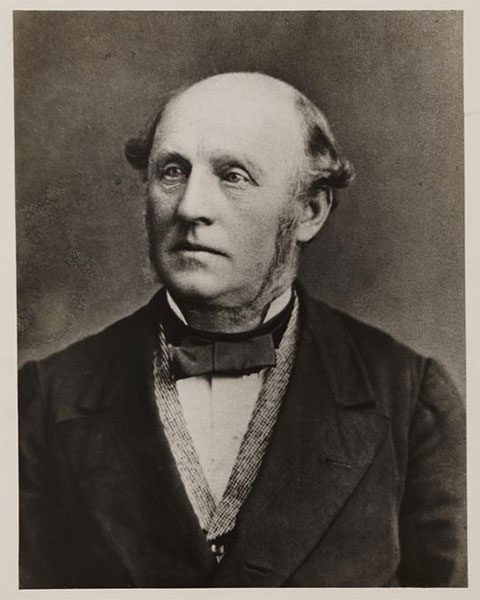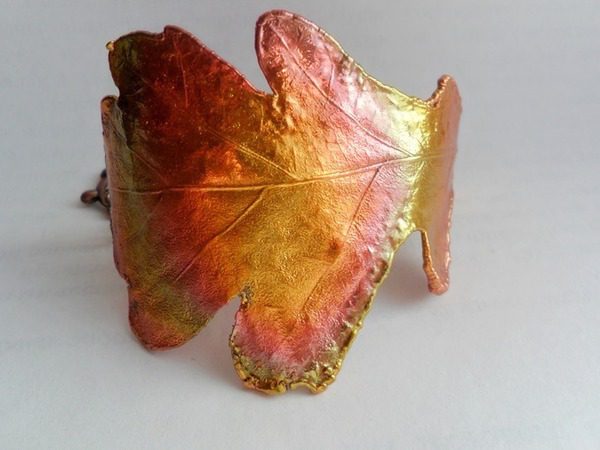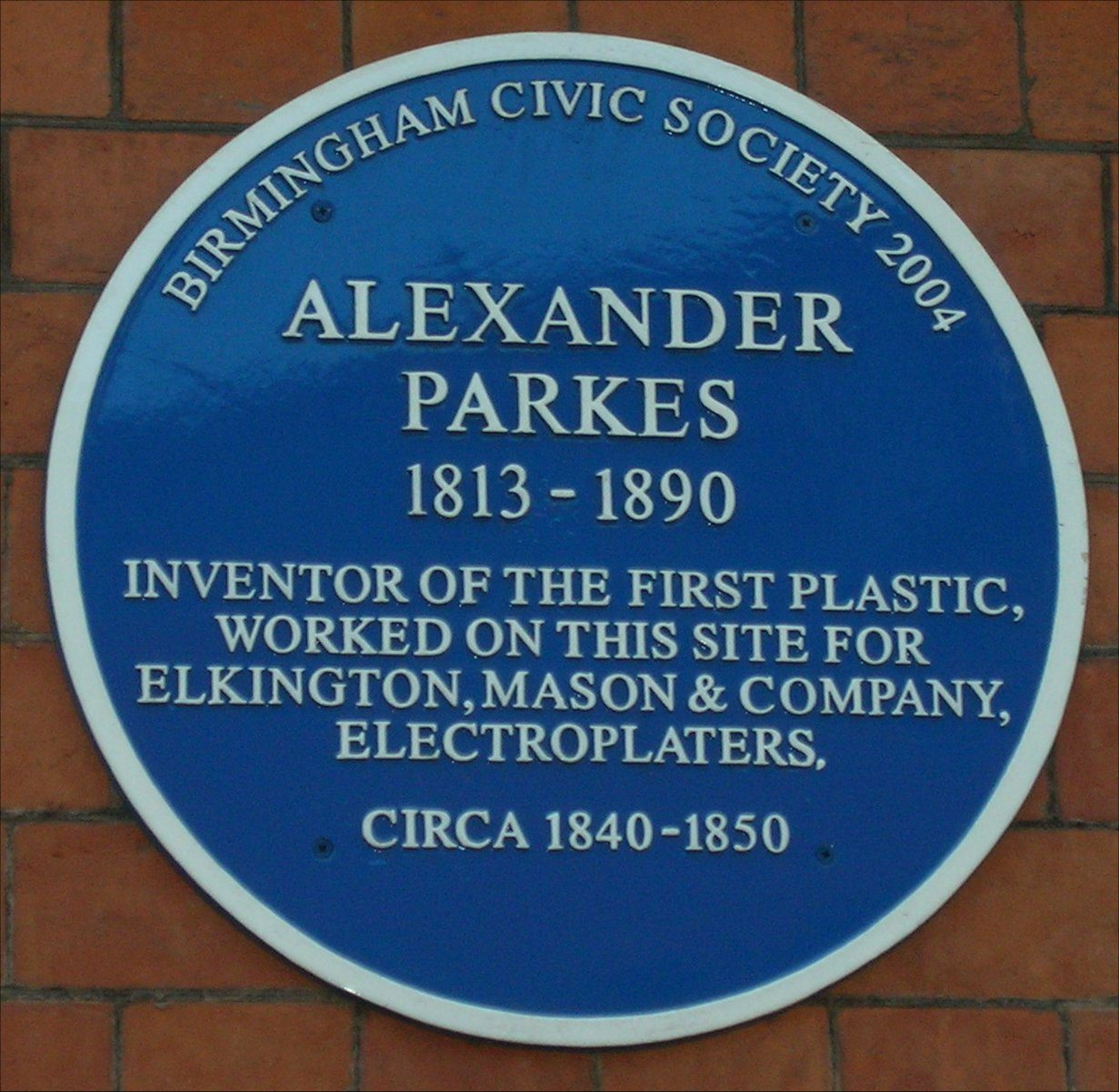It is difficult for modern people to imagine the world without things that have become an indispensable part of our lives. Today, plastic is everywhere. The world’s oceans are suffocating from its waste. However, there were times when humanity had no idea of such a material. The creation of plastic by Alexander Parkes, an inventor from Birmingham, has become a great leap forward. Learn more at birmingham-future.
Innate ingenuity
Alexander Parkes was born in 1813. His great-uncle, Samuel Harrison, was the inventor of a steel pen and key ring. Today, it seems insignificant, but those things didn’t exist before or existed in different forms.
Parkes was the fourth child in the family. The father of the future inventor manufactured brass locks. Alexander spent a lot of time in the company of his father in his workshop. However, from early childhood, he realised that it was too easy for him.

Parkes was a very gifted and intelligent boy, so simple processes were boring for him. After his studies, he worked with the Elkington brothers. They went down in history as the inventors of electroplating, the process of producing a metal costing on solid surfaces. Subsequently, this method was actively used in the jewellery sphere for work with precious metals. Parkes took over their knowledge and was appointed foreman in the casting department. That was the beginning of his journey as an inventor.
The first patents
Parkes received his first patent and surpassed his teachers at the age of 28. He patented the electroplating of fragile objects. The process was used in the art sphere. Then he worked on the improvement of his patented inventions. Parkes became a real pro of electroplating. He could apply it on fragile natural flowers. He managed to achieve such success by inventing his own method of immersing objects in a solution of phosphorus and then in silver nitrate. In this way, he turned an ordinary flower into a silver one.

However, flowers were too easy for Parkes and he managed to silver the web. Alexander presented it to Prince Albert in 1844 when he visited the Elkingtons’ factory. That was an unprecedented level of mastery. It was difficult to achieve a wanted result and not destroy the original material in the process of electroplating, but Alexander Parkes managed to do so.
During his entire career, Alexander was granted about 66 patents. In 1846, Parkes experimented with the process of cold hardening of volcanic rubber and it turned out to be one of the most valuable inventions of the 19th century.
In 1848, Parkes patented phosphor-bronze. He came up with the idea of adding phosphorus to metal alloys and shared that patent with his brother Henry. In 1850, he developed the process of lead desilvering.
Nobody would doubt Parkes’ genius. In 1856, Alexander developed a new substance and named it after himself, Parkesine. This substance can be considered the forefather of modern plastic and the first plastic in general. Parkes was the first to think of such a matter. His development was exhibited at the London International Exhibition in 1862. All those patents were granted while he was working with the Elkington brothers. Only in 1866, he separated and founded The Parkesine Company.
Unsuccessful businessman
The company aimed at the mass production of Parkesine (plastic). Unfortunately, Parkes turned out to be a bad businessman. He tried to save on raw materials, which resulted in a low-quality finished product. In addition, Parkes learned that Parkesine was a highly flammable material in the process of production. The factory was closed in 1868. Nevertheless, Parkesine definitely became the discovery of the century, which started the entire plastic industry, although not a practical one.
Later, Parkes began collaborating with Daniel Spill. Spill managed to improve Parkesine, making it stronger. However, it was the American inventor John Wesley Hyatt who managed to establish its mass production. In addition, Hyatt renamed the substance. Basically, he stole Parkes’ invention. Therefore, there were several lawsuits between them. The court took Alexander Parkes’s side. It happened shortly before his death. Parkes was buried in London, although he is actively honoured in his hometown.
The Birmingham Civic Society installed a plaque at the old Science Museum on Newhall Street. It was made of plastic, instead of the usual metal or granite.

Alexander Parkes was married twice. In total, he had 17 children in two marriages, six children (four boys and two girls) from the first marriage and another 11 children from the second marriage (four sons and seven daughters). None of the children followed in the footsteps of their father. The eldest son from the second marriage transferred many of his father’s personal belongings and developments to the Science Museum.
Important issue
In the 21st century, environmentalists and eco-activists are fighting against plastic. The world is trying to limit its consumption. Neither Parkes nor other scientists thought about plastic disposal when developing it. At that time, they couldn’t imagine that someone would want to destroy this material. In the 19th century, it was considered a miracle. Subsequently, the invention of plastic packaging helped to develop many industries. For example, household chemicals are stored in plastic packaging. Parkes’ invention helped advance industries and, at the same time, led to environmental disaster.